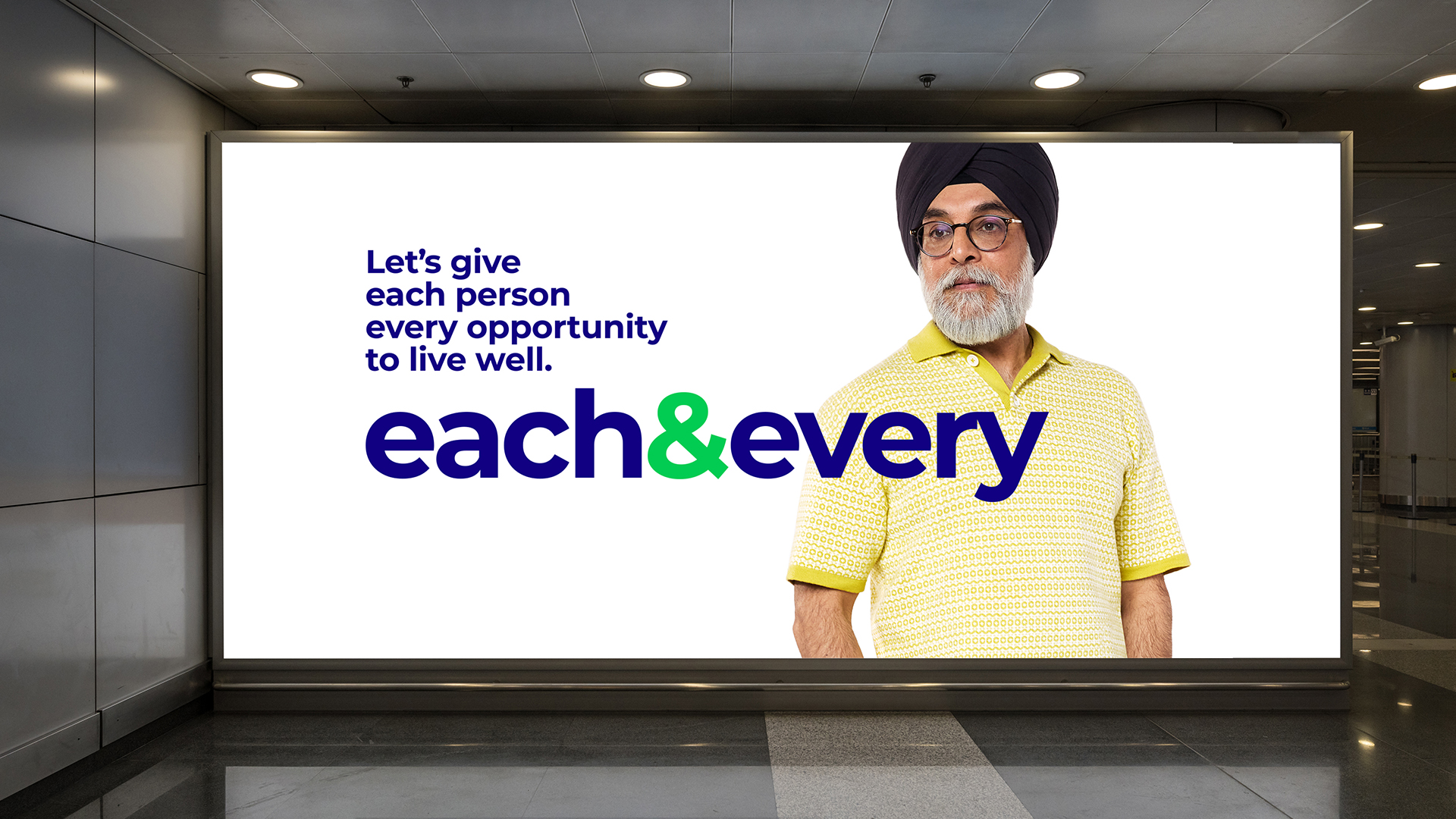Health Equity
Top title
Let’s give each person every
opportunity to live well.

Health equity is at the heart of our business. See how The Cigna Group – fueled by
Cigna Healthcare and Evernorth Health Services – is driving change.
Video carousel
Top Tiles
Middle title
Health equity in action
4-column
Healthy mothers
& children

Helping to meet mothers and children on every part of their health care journey.
Heart health with more heart

Personalizing care for people living with obesity & diabetes that goes beyond diet.
Health care access for all

Improving access to quality health care for our customers wherever they live.
Long live preventive care

Driving the conversation on support and care for every generation.


